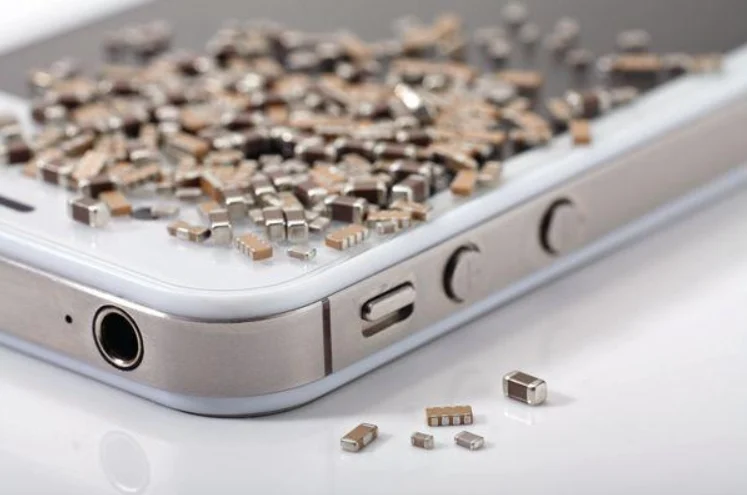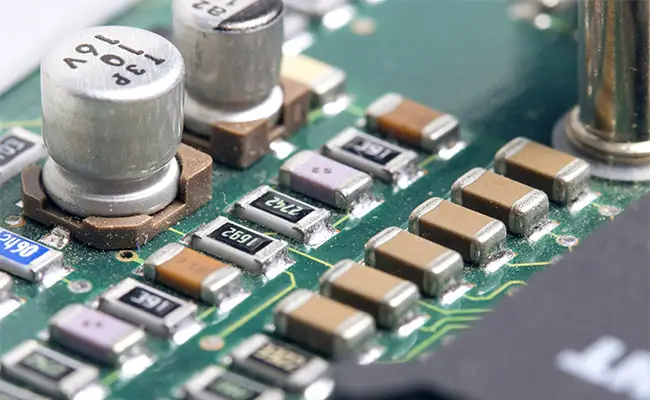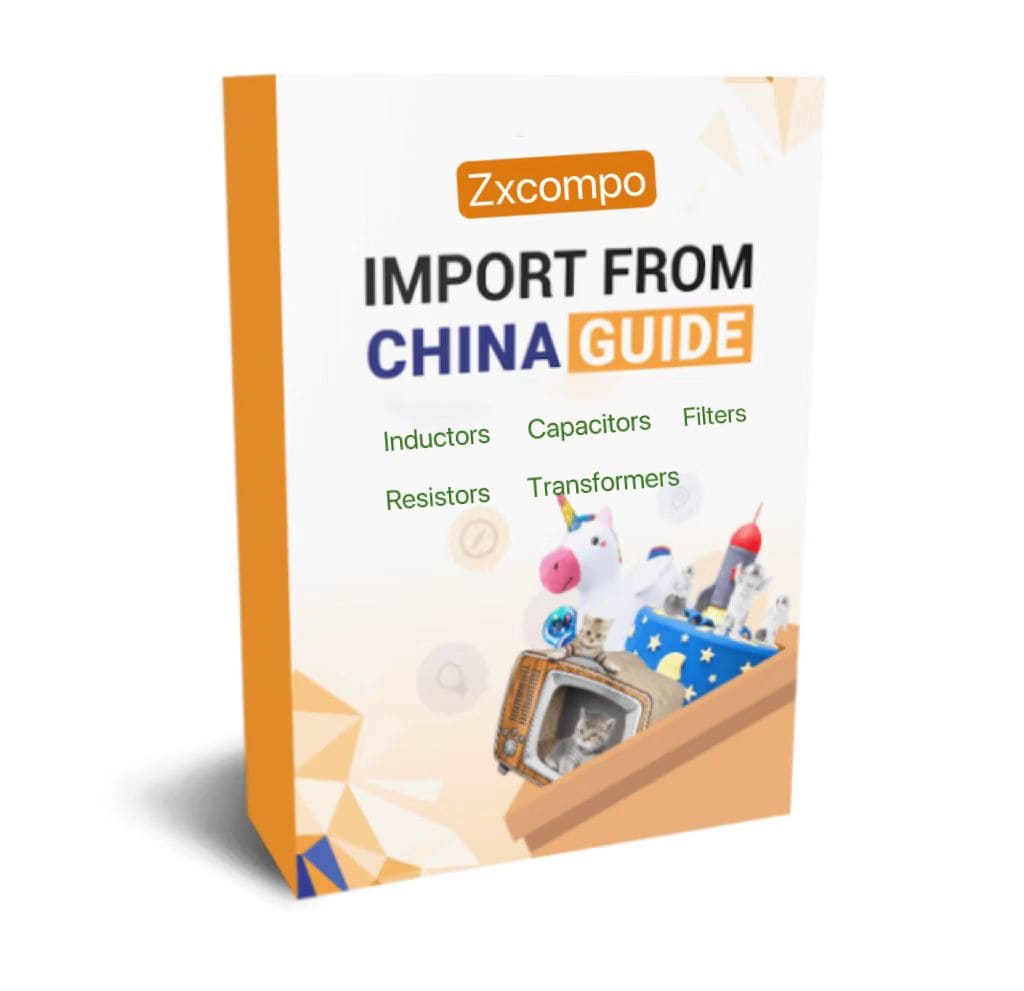In electronic circuits, components are usually divided into two categories: active components and passive components.
Active components refer to components that require external energy to work properly, while passive components refer to components that do not require external energy to work properly.
Simply put, components that require energy (electricity) are called active components, and components that do not require energy (electricity) are called passive components. Active components are generally used for signal amplification and conversion, while passive components are used for signal transmission or “signal amplification” through directionality. Capacitors, resistors, and inductors are all passive components, while cores, modules, etc. are all active components. (In layman’s terms, components that require power to display their characteristics are active components, such as transistors. Components that can display their characteristics without power are called passive components).
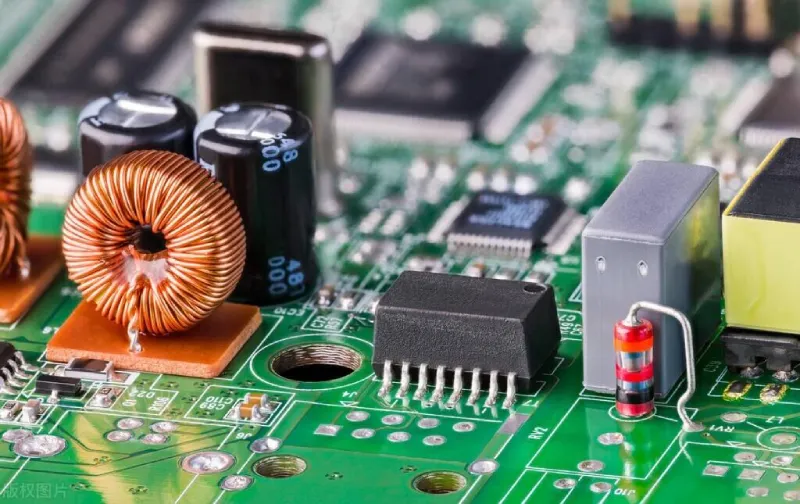
1.Definition of Active and Passive Components
Basic definition of active components
If an electronic component has a power supply inside when it is working, then this device is called an active device. From the perspective of circuit properties, active devices have two basic characteristics:
(1) They also consume electrical energy.
(2) In addition to the input signal, they also require an external power supply to work properly.
Simple definition of passive components
If an electronic component does not have any form of power supply inside when it is working, then this device is called a passive device. From the perspective of circuit properties, passive components have two basic characteristics:
(1) They either consume electrical energy themselves or convert electrical energy into other forms of energy.
(2) They only need an input signal and do not require an external power supply to work properly.
Simply put:
Active – requires a direct or indirect power supply.
Passive – can work independently without power or energy supply.
Active components can be understood as devices that require power to work properly. Resistors, capacitors, and inductors are all passive components. They do not require additional power when working in the circuit. Operational amplifiers are active devices. When working, they need a certain amount of power to power them separately.
Active filtering means that the filter needs an additional power supply, while passive filtering does not. It is very simple. Usually, capacitor filtering, resistor-capacitor filtering, and variable filtering are active filters. Generally, operational amplifiers are used. Butterworth filter is a typical example. Semiconductor components, diodes, transistors, integrated circuits, etc. are all active devices. Active components need to be given a working voltage to work, otherwise, it is equivalent to no voltage and will not work. Inductors, capacitors, resistors, etc. are all passive components, which means that they do not need a working power supply.
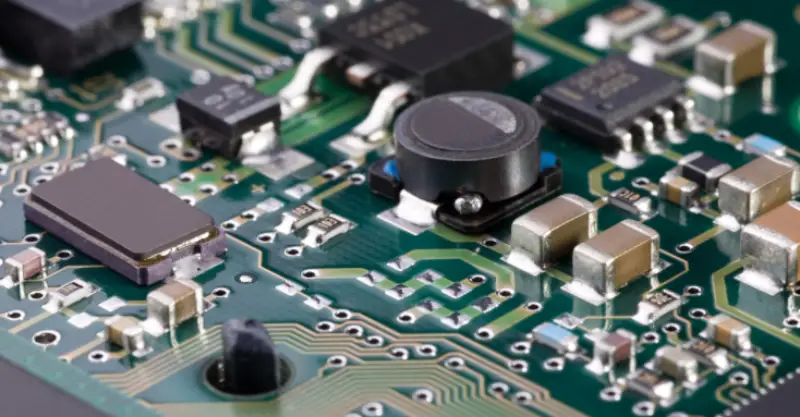
2. The Difference Between Active Components and Passive Components
Different Energy Sources:
Active components require external energy to work properly, while passive components do not. The characteristic of active components is that they can amplify and gain signals, but they need to consume energy to complete these operations. Passive components only play the role of transmitting signals, storing energy, filtering signals, etc., and do not require energy support.
Different Working Principles:
Active components adjust the output signal by amplifying, gaining, filtering, etc. the input signal. These devices have complex physical mechanisms such as transistors and field effect transistors, and require precise processes and technologies to produce and manufacture. The working principle of passive components is relatively simple, and only physical mechanisms such as electric fields and magnetic fields are used to achieve signal transmission and conversion.
Different Application Scenarios:
Active components are usually used in situations where signals need to be processed, such as audio amplifiers, power amplifiers, inverters, etc., to play the role of signal amplification, signal conversion, power supply voltage stabilization, etc. Passive components are often used for signal filtering, energy storage, and interference elimination, etc., such as power supply filter capacitors, current limiting resistors, etc.
3. Examples of Commonly used Active and Passive Components
Active Device: Transistor
The transistor is an active component with an amplification function. Its input signal is the base current and its output signal is the collector current. By adjusting the base current, the output current can be amplified and controlled.
Transistors are commonly used in power amplifiers, amplifiers, oscillators and other circuits.
Active Component: Field Effect Transistor
The field effect transistor is an active component similar to the transistor. Its input signal is the gate voltage and its output signal is the drain current.
Compared with the transistor, the field effect transistor has higher input impedance and lower noise, so it is widely used in high-frequency circuits.
Field effect transistors are commonly used in amplifiers, switching circuits, voltage stabilization circuits, etc.
Passive Component: Resistor
Resistors are passive components that can hinder the flow of current.
Its function is to limit the current within a certain range, which can be used to adjust the circuit’s operating point, voltage division, current limiting, etc.
Common materials for resistors include carbon film resistors, metal film resistors, thermistors, etc., which are often used in various circuits.
Passive Components: Capacitors
Capacitors are passive components that can store electric charge.
Its function is to form an energy storage device in the circuit, which can be used for filtering, timing, oscillation, etc.
Common types of capacitors include ceramic capacitors, aluminum electrolytic capacitors, electrolyte capacitors, etc., which are often used in various circuits.
Passive Components: Inductors
Inductors are passive components that can store magnetic energy.
Its function is to form a magnetic field in the circuit, which can be used for filtering, voltage transformation, power supply voltage stabilization, etc.
Common types of inductors include iron core inductors, air core coil inductors, transformers, etc., which are often used in various circuits.
In summary, active components and passive components are two different types of components in electronic circuits, and their working principles, energy sources, and application scenarios are quite different. In actual circuit design, appropriate active and passive components should be selected and combined according to the required functions and performance requirements to achieve a more efficient and reliable circuit design.
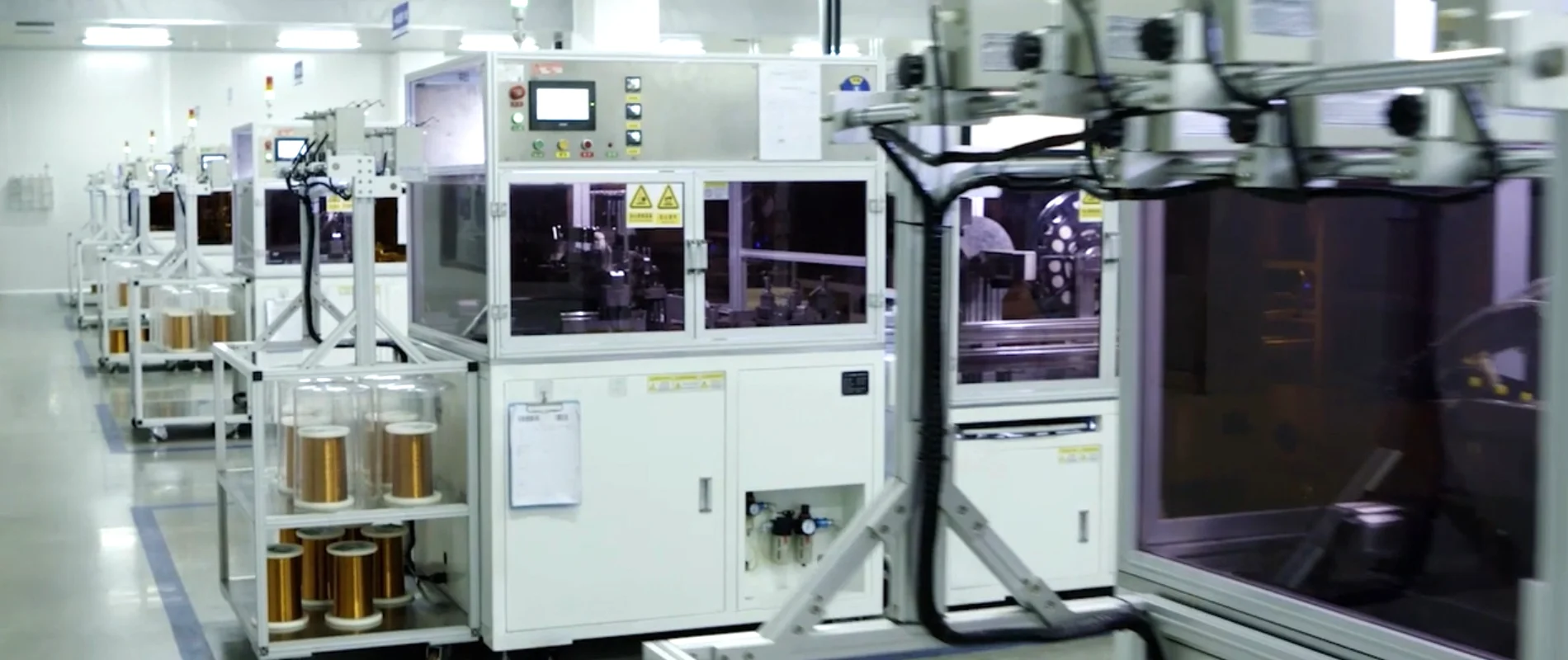
Advantages of Zxcompo Inductors
Zxcompo products include multilayer power inductors, wound surface mount inductors, and molded surface mount inductors for power and signal lines. A full range of passive electronic and magnetic components including inductors, capacitors, resistors, transformers, and filters are available. Our products are widely used in automotive, telecommunications, consumer electronics, and other fields. Each product is designed to achieve performance and maximize signal and power efficiency while saving space.
Other advantages include:
Fully automated manufacturing
High reliability AEC-Q200
ISO 9001 quality standards
RoHS compliant
REACH compliant
Why Choose Zxcompo?
Our company has more than 1,000 types of inductors and 15 years of experience in this field. It is a product that produces extremely low resistance over a wide frequency range. Zxcompo is widely recognized by a global technical team for designing, manufacturing, and providing high-quality, high-performance signal integrity and noise filtering solutions.
Zxcompo brand inductors, also known as coils or reactors, are passive electronic components that resist changes in the current flowing through them. Core material, winding type and geometry play a critical role in the performance of power inductors. Shipping worldwide. Simply contact us for samples: sales@ZXcompo.com.

